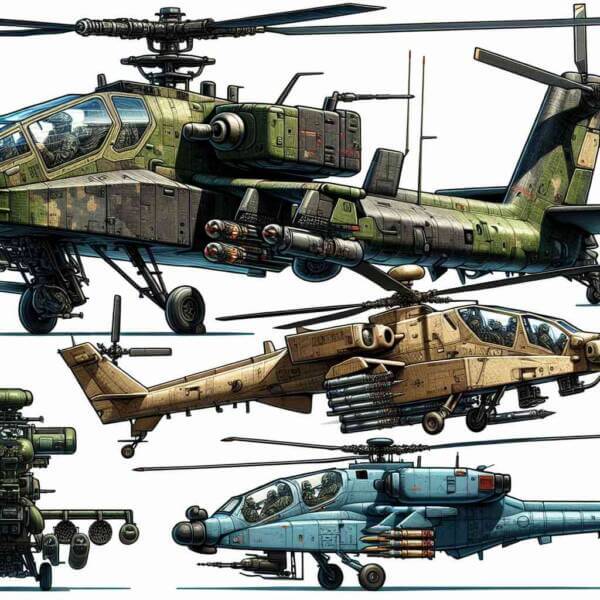
Since its beginnings in the early 20th century, military aviation has become a key component of military power.
Nations invest heavily in military aviation to protect national interests.
History of Military Aviation
Military aviation started during World War I, with aircraft initially used for reconnaissance.
Key developments over time:
- First use of armed aircraft in combat
- Creation of long-range bombers and jets
- Emergence of strategic bombers and nuclear deterrence
- Rise of unmanned aerial vehicles (UAVs)
Each era brought more powerful aircraft that redefined military capabilities.
Main Categories of Military Aviation
Understanding the types of military aircraft helps in appreciating the complexity of modern air forces.
Types of planes used in military aviation:
- Fighter jets
- Bombers
- Logistical support aircraft
- Eyes in the sky for modern armies
Each type plays a critical function in military operations, from securing airspace.
Importance of Air Superiority
Controlling the skies limits enemy movements.
Benefits of air superiority include:
- Reducing enemy effectiveness
- Targeting infrastructure and logistics
- Gathering critical intelligence
- Psychological impact on enemy forces
Nations with strong military aviation capabilities can defend their interests more effectively.
Advancements Shaping the Future
Military aviation is at the forefront of technological innovation.
Recent innovations include:
- Low-visibility planes
- Missiles and aircraft traveling at speeds greater than Mach 5
- Artificial intelligence-driven missions
- Laser and electromagnetic systems
These advancements increase survivability for air forces worldwide.
Obstacles Facing the Industry
From high costs to geopolitical tensions, the road to air dominance is a constant battle.
Key challenges include:
- Budget constraints for defense programs
- Rapid technological changes
- Protecting systems from hacking and sabotage
- click here New debates about AI in warfare
Addressing these challenges is crucial to staying ahead.
What Lies Ahead
Nations will continue investing in space-based systems to maintain strategic advantages.
Likely developments:
- Greater integration of artificial intelligence
- Military satellites and space-based weapons
- Eco-friendly military aircraft
- Joint defense projects
The next era of military aviation will shape the future of global security.
Conclusion
Military aviation remains a powerful force in global defense.
As technology continues to evolve, the skies will remain a critical arena where military aviation protects nations.
The future of military aviation is full of potential — and it’s only just beginning.
 Richard "Little Hercules" Sandrak Then & Now!
Richard "Little Hercules" Sandrak Then & Now! Jenna Von Oy Then & Now!
Jenna Von Oy Then & Now! Marques Houston Then & Now!
Marques Houston Then & Now! Bill Murray Then & Now!
Bill Murray Then & Now! McKayla Maroney Then & Now!
McKayla Maroney Then & Now!